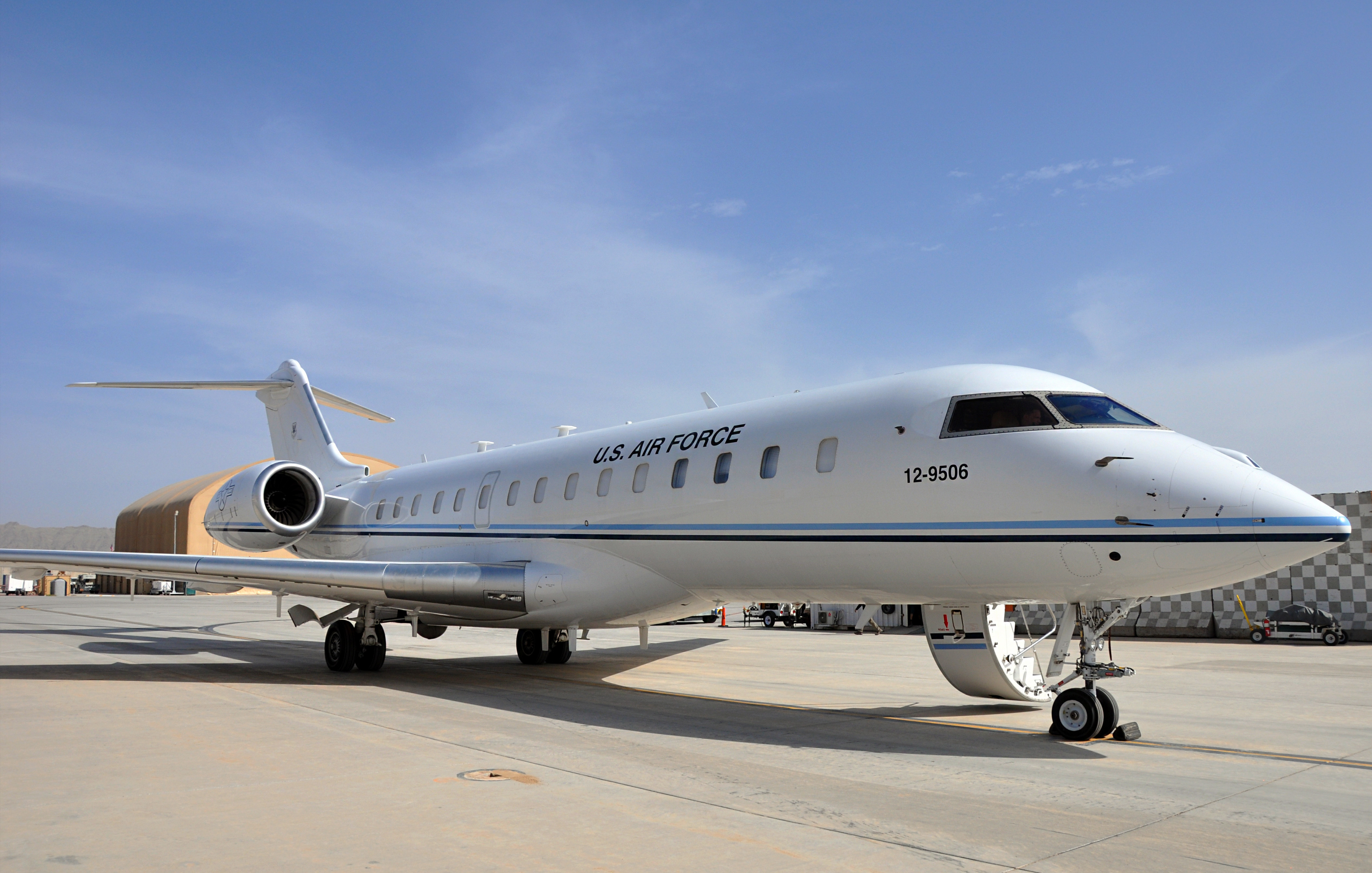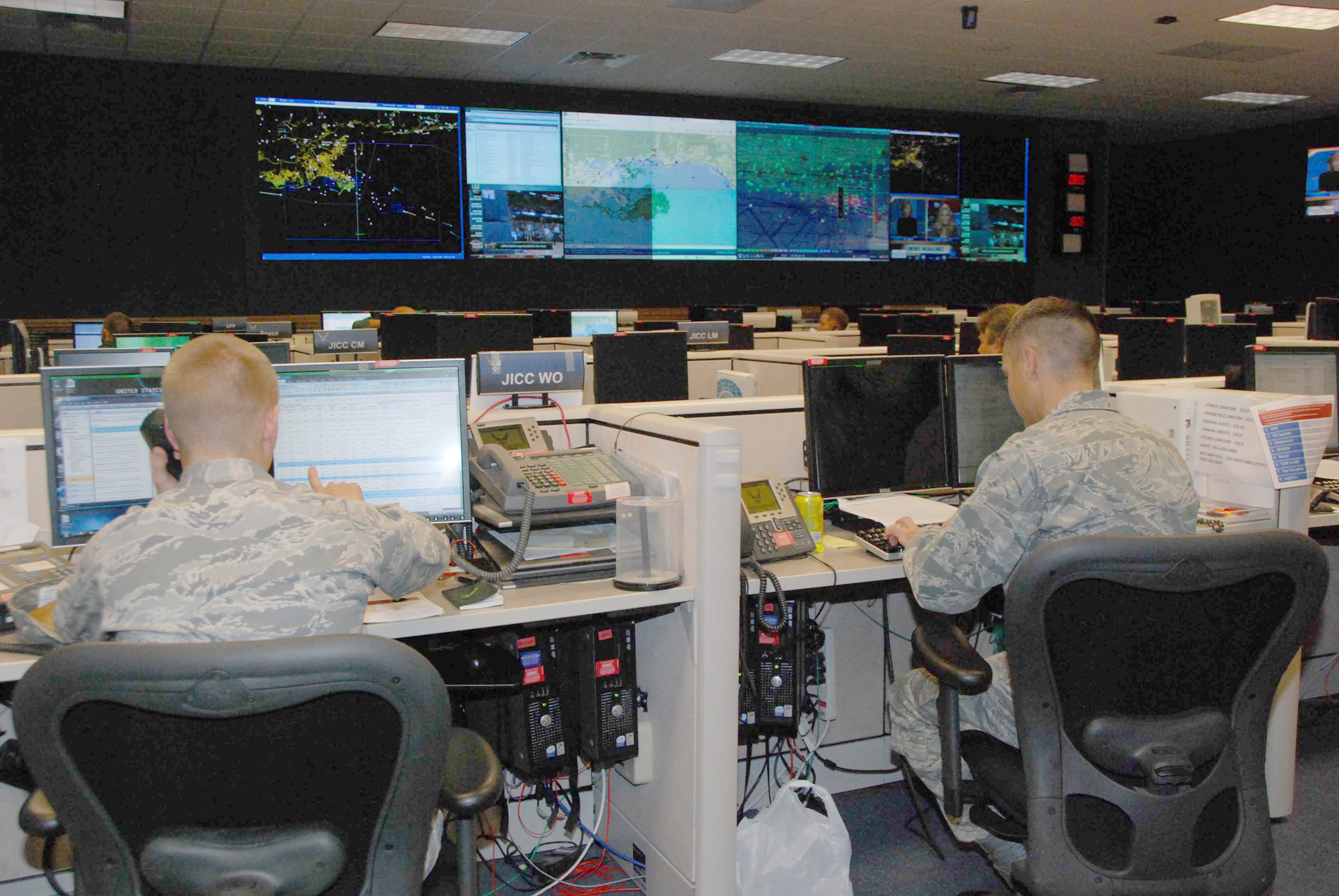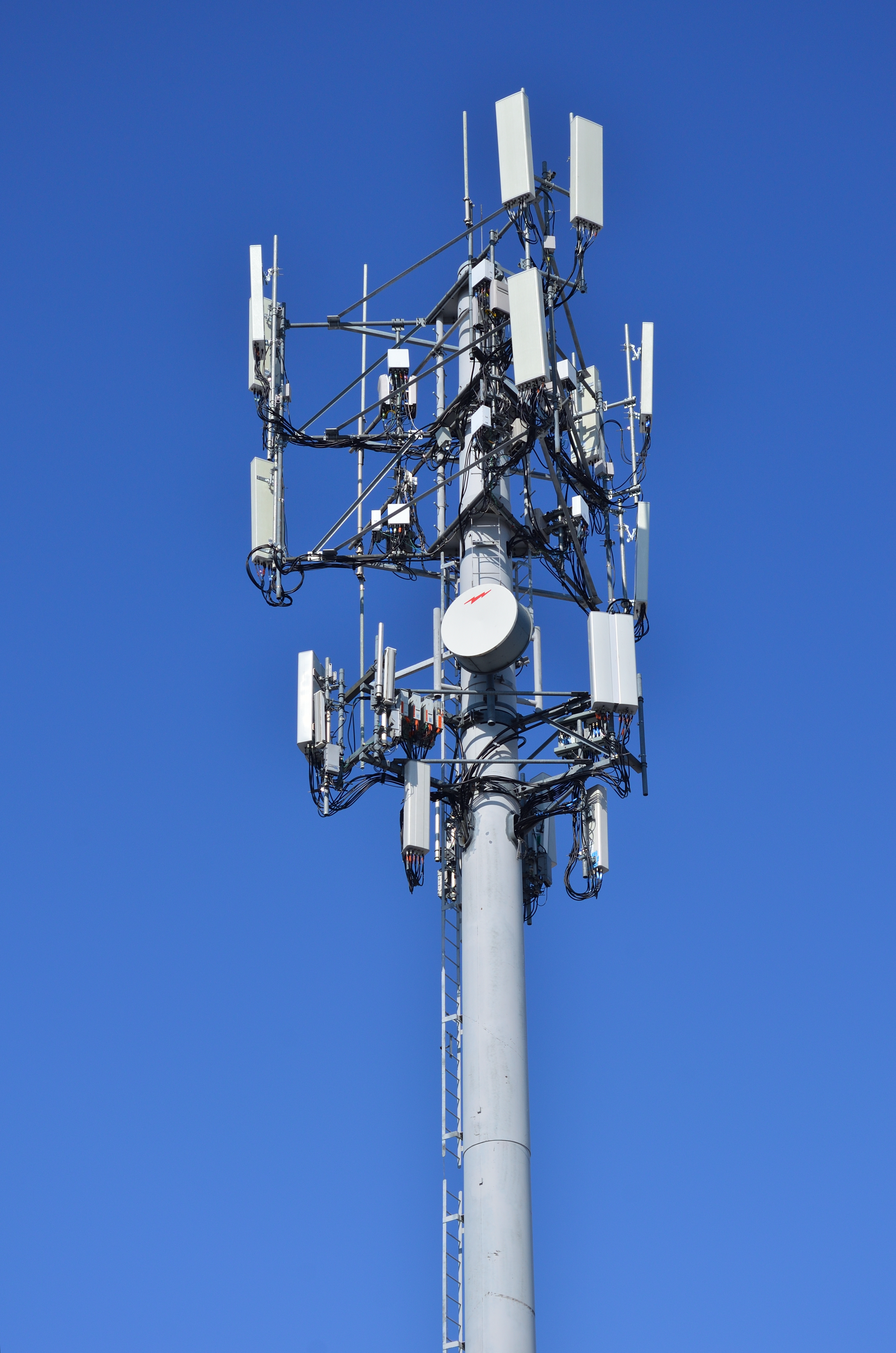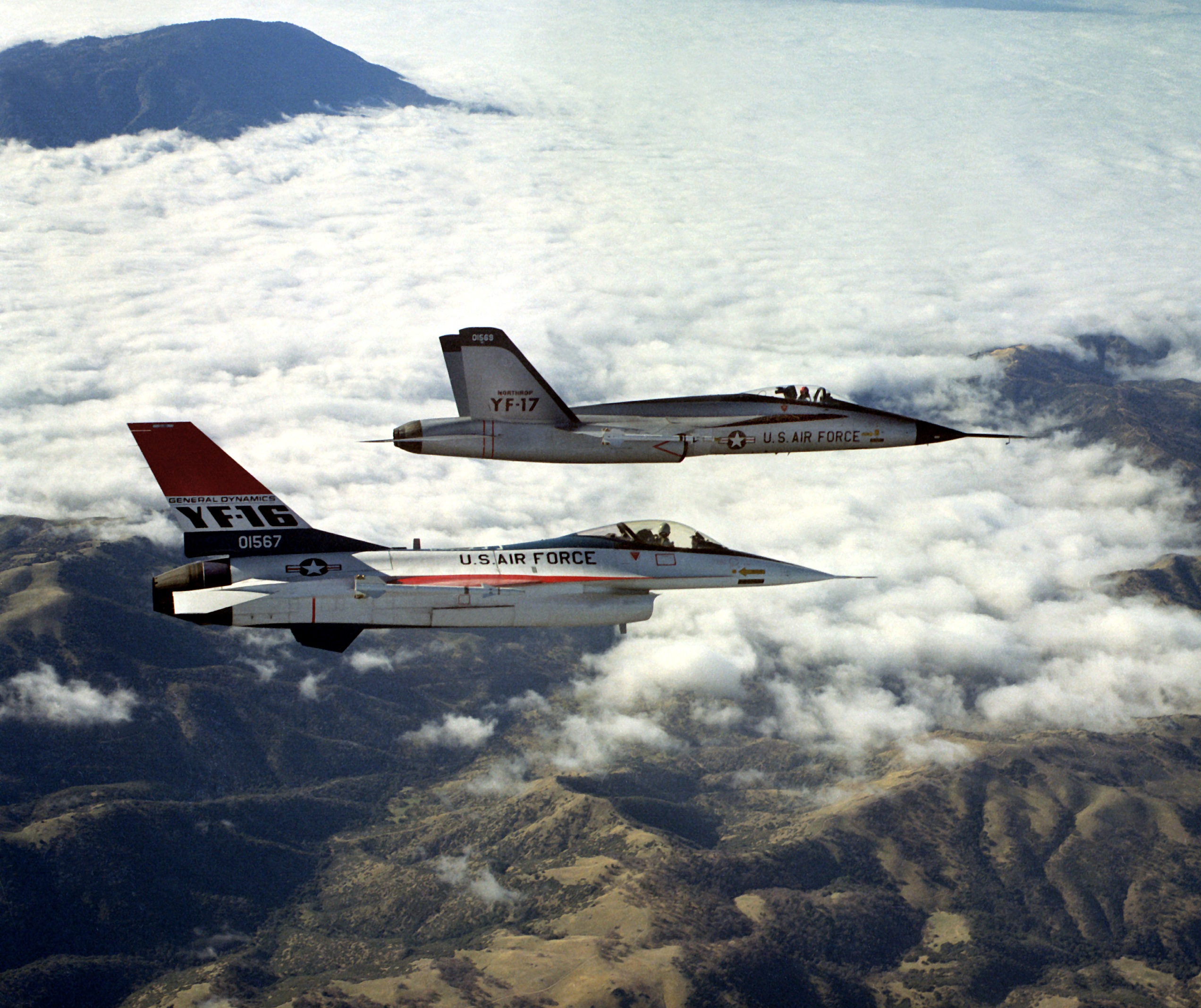|
JEFX
JEFX, or Joint Expeditionary Force Experiment, was the periodic US Air Force-led operational experiment created to evaluate new technologies and war fighting concepts in a simulated wartime battle environment. It was an outgrowth of the C4I (Command, Control, Communication, Computers and Intelligence) Initiative mandated by the Goldwater-Nichols Act of 1986. It was monitored by the Air Force senior leadership and each event culminated with a report for the Chief of Staff of the Air Force. Origins Following Operation Desert Storm, the US Air Force was concerned about the interoperability of deployed command and control equipment. In 1996, AF Electronic Systems Center commander LtGen Franklin created a simulated battle containment area near the runway at Hanscom AFB, Massachusetts. Dubbed the " Fort Franklin Battlespace Laboratory", the experiment highlighted connectivity problems. The following year, Fort Franklin II showed progress but not sufficient to satisfy Air Force lead ... [...More Info...] [...Related Items...] OR: [Wikipedia] [Google] [Baidu] |
Electronic Systems Center
The Electronic Systems Center was a product center of Air Force Materiel Command (AFMC) headquartered at Hanscom Air Force Base, Massachusetts. Its mission was to develop and acquire command and control, communications, computer, and intelligence systems. ESC consisted of professional teams specializing in engineering, computer science, and business management. The teams supervised the design, development, testing, production, and deployment of command and control systems. Two of ESC's most well-known developments were the Boeing E-3 Sentry Airborne Warning and Control System (AWACS), developed in the 1970s, and the Joint Surveillance Target Attack Radar System (Joint STARS), developed in the 1980s. The Electronic Systems Center served into five decades as the Air Force's organization for developing and acquiring Command and Control (C2) systems. As of December 2004, ESC managed approximately two hundred programs ranging from secure communications systems to mission planning ... [...More Info...] [...Related Items...] OR: [Wikipedia] [Google] [Baidu] |
Battlefield Airborne Communications Node
The Battlefield Airborne Communications Node (BACN) is a United States Air Force (USAF) airborne communications Repeater, relay and Gateway (telecommunications), gateway system carried by the unmanned Northrop Grumman RQ-4 Global Hawk, EQ-4B and the manned Bombardier Global 6000, Bombardier E-11A aircraft. BACN enables Real-time computing, real-time information flow across the battlespace between similar and dissimilar Tactical Data Links, tactical data link and voice systems through relay, bridging, and data translation in Line-of-sight propagation, line-of-sight and Non-line-of-sight propagation, beyond-line-of-sight situations. Its ability to translate between dissimilar communications systems allows them to interoperability, interoperate without modification. Because of its flexible Military deployment, deployment options and ability to operate at high altitudes, BACN can enable air and surface forces to overcome communications difficulties caused by mountains, other rough t ... [...More Info...] [...Related Items...] OR: [Wikipedia] [Google] [Baidu] |
United States Air Force
The United States Air Force (USAF) is the Air force, air service branch of the United States Department of Defense. It is one of the six United States Armed Forces and one of the eight uniformed services of the United States. Tracing its origins to 1 August 1907, as a part of the United States Army Signal Corps, the USAF was established by transfer of personnel from the Army Air Forces with the enactment of the National Security Act of 1947. It is the second youngest branch of the United States Armed Forces and the fourth in United States order of precedence, order of precedence. The United States Air Force articulates its core missions as air supremacy, intelligence, surveillance, target acquisition, and reconnaissance, global integrated intelligence, surveillance and reconnaissance, airlift, rapid global mobility, Strategic bombing, global strike, and command and control. The United States Department of the Air Force, Department of the Air Force, which serves as the USAF's ... [...More Info...] [...Related Items...] OR: [Wikipedia] [Google] [Baidu] |
Air And Space Operations Center
An Air Operations Center (AOC) is a type of command center used by the United States Air Force (USAF). It is the senior agency of the Air Force component commander to provide command and control of air operations.Air Force Doctrine Document 1-2, ''Air Force Glossary'' . 11 January 2007. Accessed 29 January 2011. The United States Air Force employs two kinds of AOCs: regional AOCs (pronounced "Kay-ock") utilizing the AN/USQ-163 Falconer weapon system that support geographic combatant commanders, and functional AOCs that support functional combatant commanders.Air Force Doctrine Do ... [...More Info...] [...Related Items...] OR: [Wikipedia] [Google] [Baidu] |
AFC2IC
The Air Force Command and Control Integration Center was an Air Combat Command field operating agency responsible for innovating, designing, developing, integrating, and sustaining command and control capabilities. It was a tenant unit at Langley Air Force Base, with several outlying support locations. The center was established in 1997 and inactivated in 2013. It had gone through numerous name and organizational changes, but maintained essentially the same mission throughout. From 2002 through 2010, it was aligned directly under the Air Staff. History The center was initially established at Langley Air Force Base, Virginia in August 1997 as the Air and Space Command and Control Agency. The agency included the two major field units that became the Air Force C2 Battlelab and the Air Force C2 Training and Innovation Group. The Tactical Air Forces Interoperability Group was a predecessor organization under Tactical Air Command. It was focused primarily on tactical interoper ... [...More Info...] [...Related Items...] OR: [Wikipedia] [Google] [Baidu] |
Cellular Network
A cellular network or mobile network is a telecommunications network where the link to and from end nodes is wireless network, wireless and the network is distributed over land areas called ''cells'', each served by at least one fixed-location transceiver (such as a base station). These base stations provide the cell with the network coverage which can be used for transmission of voice, data, and other types of content via radio waves. Each cell's coverage area is determined by factors such as the power of the transceiver, the terrain, and the frequency band being used. A cell typically uses a different set of frequencies from neighboring cells, to avoid interference and provide guaranteed service quality within each cell. When joined together, these cells provide radio coverage over a wide geographic area. This enables numerous Mobile device, devices, including mobile phones, Tablet computer, tablets, laptops equipped with mobile broadband modems, and Wearable technology, wea ... [...More Info...] [...Related Items...] OR: [Wikipedia] [Google] [Baidu] |
General Dynamics F-16 Fighting Falcon
The General Dynamics F-16 Fighting Falcon is an American single-engine supersonic Multirole combat aircraft, multirole fighter aircraft originally developed by General Dynamics for the United States Air Force (USAF). Designed as an air superiority day fighter, it evolved into a successful night fighter, all-weather multirole aircraft with over 4,600 built since 1976. Although no longer purchased by the U.S. Air Force, improved versions are being built for export. In 1993, General Dynamics sold its aircraft manufacturing business to the Lockheed Corporation, which became part of Lockheed Martin after a 1995 merger with Martin Marietta. The F-16's key features include a frameless bubble canopy for enhanced cockpit visibility, a side-stick, side-mounted control stick to ease control while maneuvering, an ejection seat reclined 30 degrees from vertical to reduce the effect of g-forces on the pilot, and the first use of a relaxed stability, relaxed static stability/fly-by-wire fligh ... [...More Info...] [...Related Items...] OR: [Wikipedia] [Google] [Baidu] |
Irregular Warfare
Irregular warfare (IW) is defined in United States joint doctrine as "a violent struggle among state and non-state actors for legitimacy and influence over the relevant populations" and in U.S. law as "Department of Defense activities not involving armed conflict that support predetermined United States policy and military objectives conducted by, with, and through regular forces, irregular forces, groups, and individuals." In practice, control of institutions and infrastructure is also important. Concepts associated with irregular warfare are older than the term itself. Irregular warfare favors indirect warfare and asymmetric warfare approaches, though it may employ the full range of military and other capabilities in order to erode the adversary's power, influence, and will. It is inherently a protracted struggle that will test the resolve of a state and its strategic partners."Irregular Warfare (IW)", DoD Directive 3000.07, United States Department of Defense, 1 December 200/ref ... [...More Info...] [...Related Items...] OR: [Wikipedia] [Google] [Baidu] |
Uniformed Services Of The United States
The United States has eight federal uniformed services that Officer (armed forces), commission officers as defined by Title 10 of the United States Code, Title 10 and subsequently structured and organized by Titles Title 10 of the United States Code, 10, Title 14 of the United States Code, 14, Title 32 of the United States Code, 32, Title 33 of the United States Code, 33, and Title 42 of the United States Code, 42 of the United States Code, U.S. Code. Uniformed services The uniformed services are: # United States Army, Army # United States Marine Corps, Marine Corps # United States Navy, Navy # United States Air Force, Air Force # United States Space Force, Space Force # United States Coast Guard, Coast Guard # United States Public Health Service Commissioned Corps, Public Health Service Commissioned Corps # NOAA Commissioned Officer Corps, National Oceanic and Atmospheric Administration Commissioned Officer Corps Each of the uniformed services is administratively headed by a U ... [...More Info...] [...Related Items...] OR: [Wikipedia] [Google] [Baidu] |
Kill Chain (military)
The term kill chain is a military concept which identifies the structure of an attack. It consists of: * identification of target * dispatching of forces to target * initiation of attack on target * destruction of target Conversely, the idea of "breaking" an opponent's kill chain is a method of defense or preemptive action. Military F2T2EA One military kill chain model is the "F2T2EA", which includes the following phases: *Find: Identify a target. Find a target within surveillance or reconnaissance data or via intelligence means. *Fix: Fix the target's location. Obtain specific coordinates for the target either from existing data or by collecting additional data. *Track: Monitor the target's movement. Keep track of the target until either a decision is made not to engage the target or the target is successfully engaged. *Target: Select an appropriate weapon or asset to use on the target to create desired effects. Apply command and control capabilities to assess the value ... [...More Info...] [...Related Items...] OR: [Wikipedia] [Google] [Baidu] |
Military Simulation
Military simulations, also known informally as war games, are simulations in which theories of warfare can be tested and refined without the need for actual hostilities. Military simulations are seen as a useful way to develop Military tactics, tactical, Military strategy, strategical and military doctrine, doctrinal solutions, but critics argue that the conclusions drawn from such models are inherently flawed, due to the approximate nature of the models used. Simulations exist in many different forms, with varying degrees of realism. In recent times, the scope of simulations has widened to include not only military but also political and social factors, which are seen as inextricably entwined in a realistic warfare model. Whilst many governments make use of simulation, both individually and collaboratively, little is known about it outside professional circles. Yet modelling is often the means by which governments test and refine their military and political policies. The simula ... [...More Info...] [...Related Items...] OR: [Wikipedia] [Google] [Baidu] |




